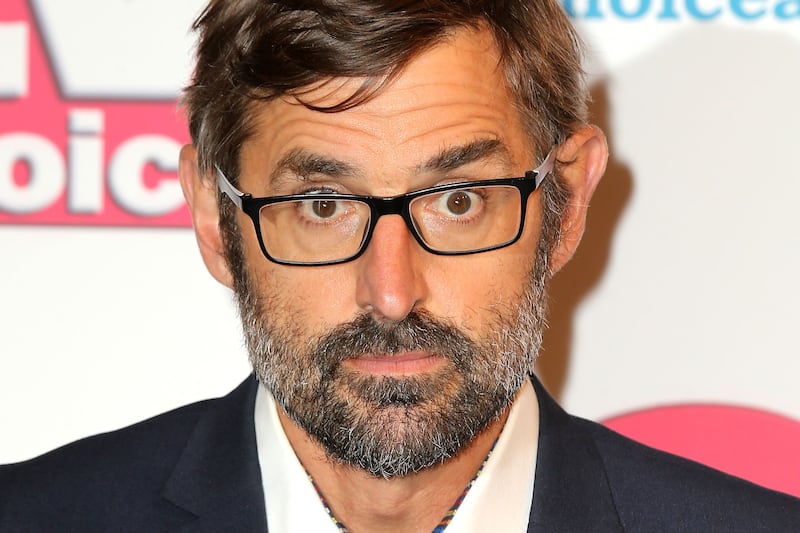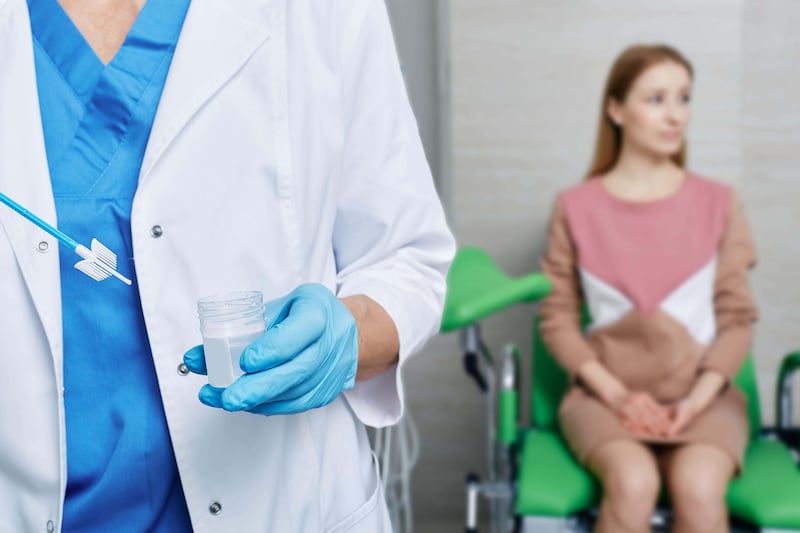HUMANS have tried a dolly mixture of different materials over the years to fill holes in teeth, including stone chips, cork particles and splinters of wood.
The earliest discovered tooth filling dates to 6,500 years ago when someone put beeswax in a canine.
Early Chinese texts from the year 659 describe an amalgamation of tin and silver being manipulated to plug tooth cavities.
It wasn't until much later, in the year 1505, that mercury was added to silver fillings to make them easier to mould into the irregular tooth hollows left after removal of decay.
Gold then made its appearance onto the dental scene and to this day it remains one of the best filling materials in terms of its strength but is unpopular with some patients due to its colour.
Since I started, the advancements in white fillings have been more than impressive, with the types of materials and the way that they are placed improving at a staggering pace.
But move over everyone - a brand-new competitor has just stepped into the filling material arena. A group of Belgium scientists have started exploring the idea of using lab grown enamel to fill tooth cavities.
This is what patients have half-jokingly, half-hopingly suggested over the years as the best way to fix their teeth.
It seems that the scientists are beginning to make this science fiction a reality.
The research published in Cellular and Molecular Life Sciences talks about using dental stem cells to produce tooth cells called ameloblasts. These cells are responsible for creating enamel.
The idea of using naturally forming enamel in a cavity would be much kinder to the tooth than any synthetic tooth filling material which is currently used.
This breakthrough in technology may have further reaching tentacles into other areas like improvements in toothpastes or food products that could further enhance oral health.
It was exciting this week to read about the girl who had her 3D printed biologically engineered ear implanted in America. They used collagen cells to create the ear.
One day I'm sure we will be reading about the first biologically engineered tooth to be implanted - but we aren't here yet, so until then grab that toothbrush and keep scrubbing.







